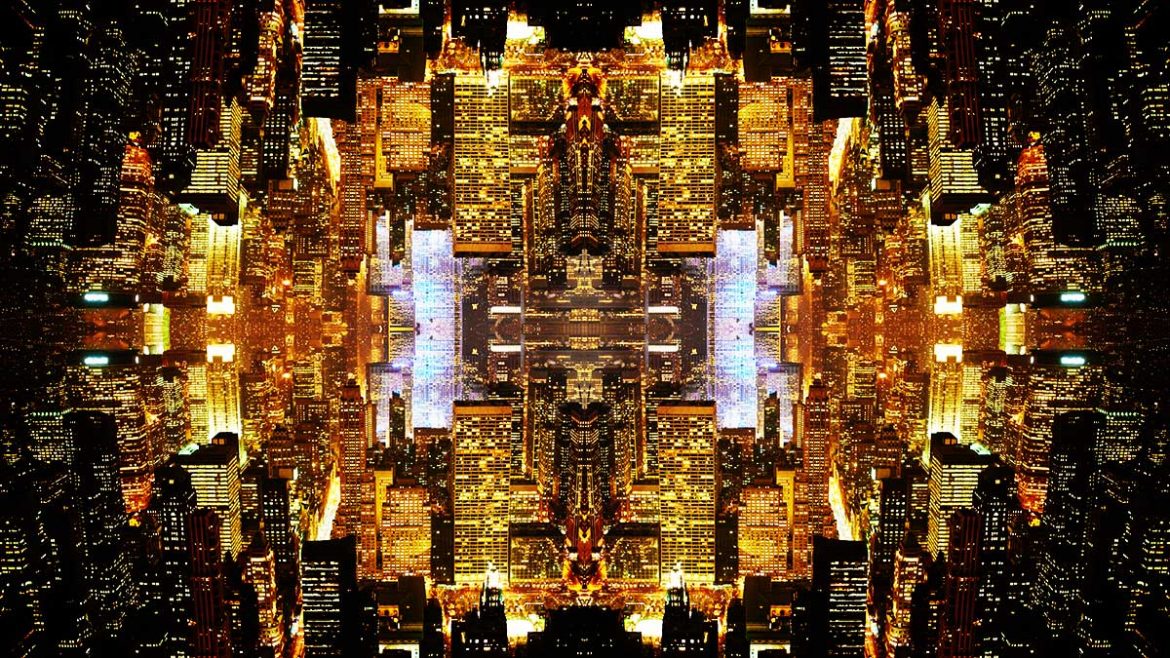The analysis Olivier de Sardan offers is remarkably insightful, illuminating diverse facets of the corruption complex. Rather disappointingly, he then reaches a surprisingly simplistic conclusion, namely that the crux lies in the “glaring discrepancy” (Olivier de Sardan 1999) between the norms of the public service and legal definitions of corruption with the predominant socio-cultural logics. More direly, “it would seem that the effect of acquired habits and the normalization of commonplace practices render the situation more or less irreversible.” All he leaves the reader with is “the general feeling of helplessness in the face of an infernal mechanism” (Olivier de Sardan 1999), and an outlook which is dismally identical to the finding that Colin Leys came to over 30 years earlier that the “development of movements of a ‘puritanical’ tendency, intended to bring about a reform of public morals may be among the ultimate means, in the absence of an improbable self-reformation of the business elites, to attempt to change the present course of affairs. Any ‘anticorruption’ policy must face up to these realities” (Olivier de Sardan 1999). In other words, although not only the understanding and conceptualization of corruption has come a considerable way since the height of modernization theories, but also the understanding and empirical studies of ‘development’, the analytical implications of a theory of corruption jump back to square one. The paltry product of Olivier de Sardan’s innovative emic view is the vague notion of induced, disembedded development of socio-moral movements to change the present course of affairs. Such a statement begs the question from where such puritanical movements should evolve, if, according to his analysis, social practices are too sedimented for change. In spite of his definitional reference to the legal-bureaucratic institutional framework, he too falls prey to the fruitless opposition between legal norms on one side and social practices on the other side, thereby rendering the exploration of the (potentially creative) dynamics between social practices, ingrained values and official norms impossible.
What the debate on the moral and social economy shows is that theoretical understanding, as well as the implementation of anti-corruption policies, require more differentiated empirical studies to shed light on the “critical arenas for learning” (Bratton/van der Walle 1994), studies that capture the processes framing the values that serve as an orientation to social practice, norms that are endowed with social significance (and the actual power to sanction), and institutions with the capacity and mandate to provide public goods.
‘Getting institutions right’ was the implicit approach of the agenda, which has not achieved its goal of strengthening the effectiveness and accountability of the system; ‘getting values right’ is inherently fraught with conceptual and hence also empirical problems—so what remains? Although Olivier de Sardan succeeds in sketching a dense and ‘daily’ picture of the corruption complex, he flags at the dire consequence of his analysis. Left only with “the general feeling of helplessness in the face of an infernal mechanism” (Olivier de Sardan 1999), he struggles to find a flicker of enlightened hope. Whether business realities of the world are really framed by such an infernal mechanism is a question. However, pursuing the reconstruction of pivotal theories on political order and corruption, another angle shall be illuminated, Here, instead of seeking the way out of such ‘infernal mechanisms’, perhaps the socially normed, as well as the moral economy of corruption, should be understood as exactly that: a system order sui generis, shaped by own and unique patterns linking social actors to rules and resources.
